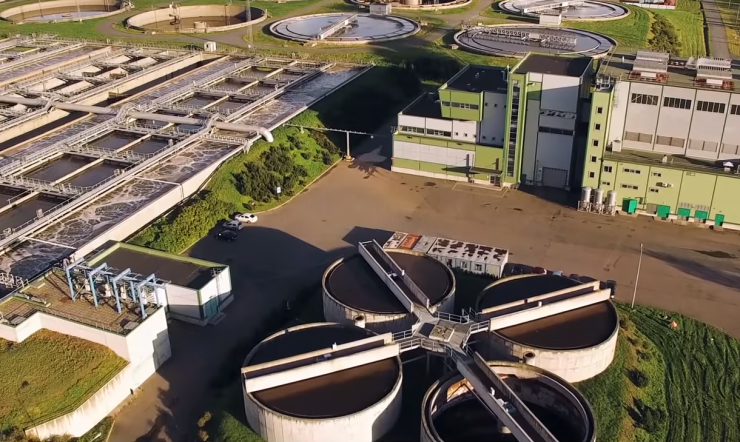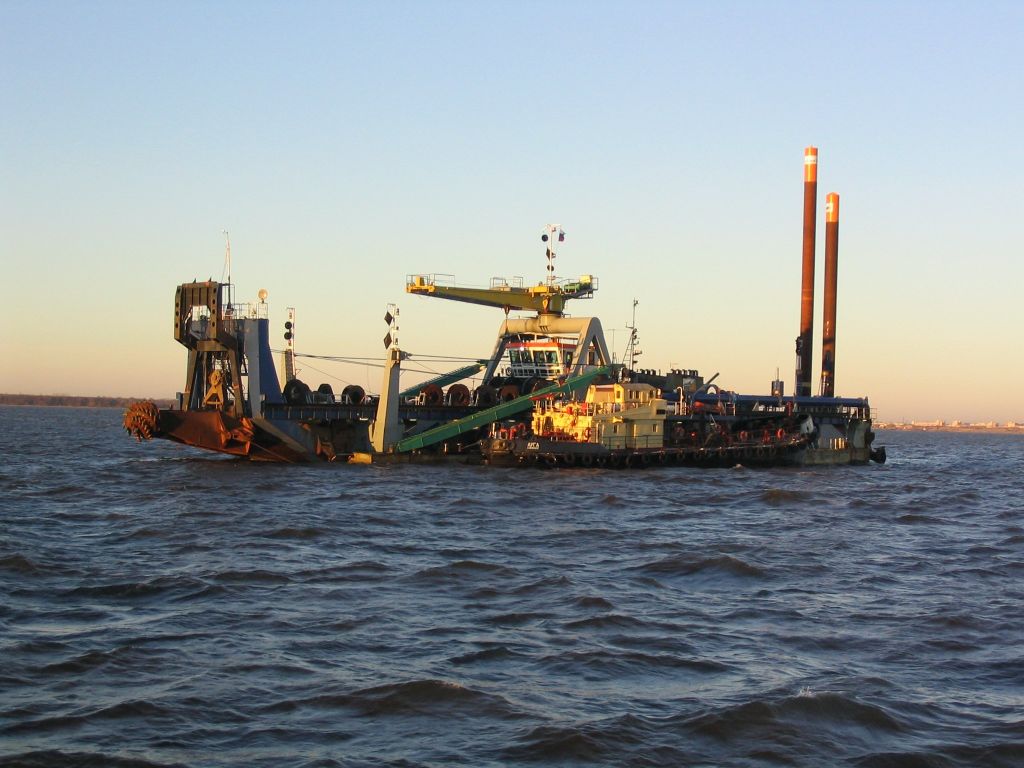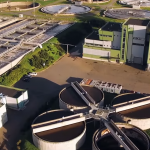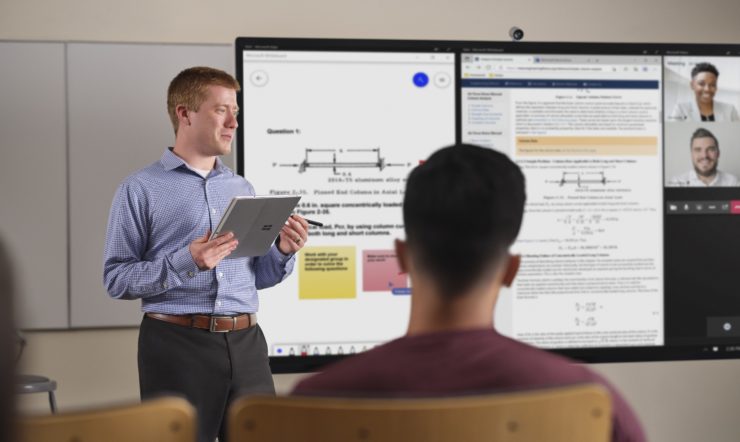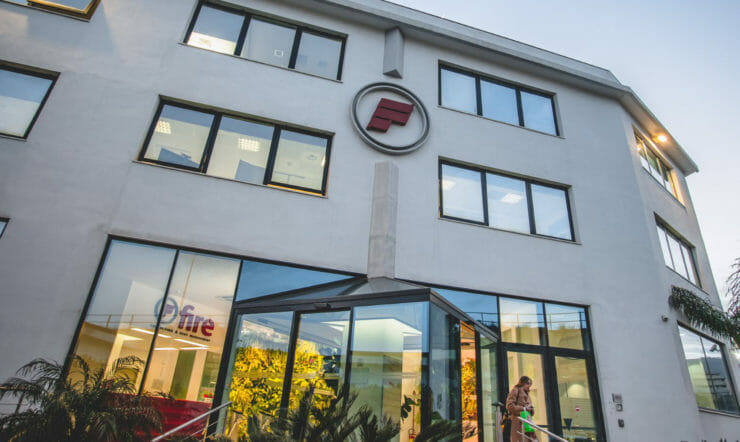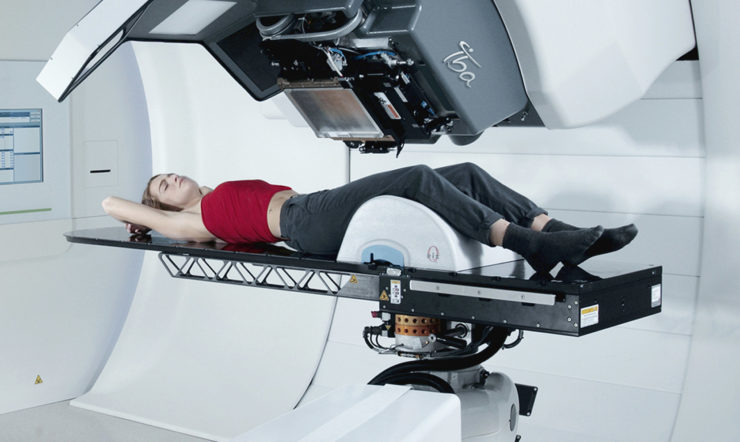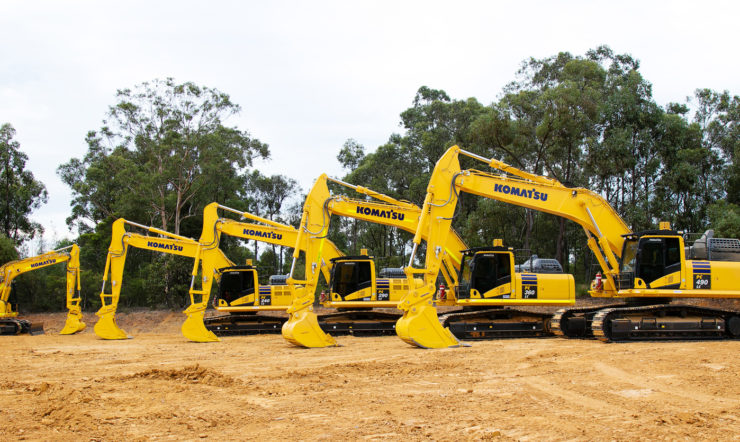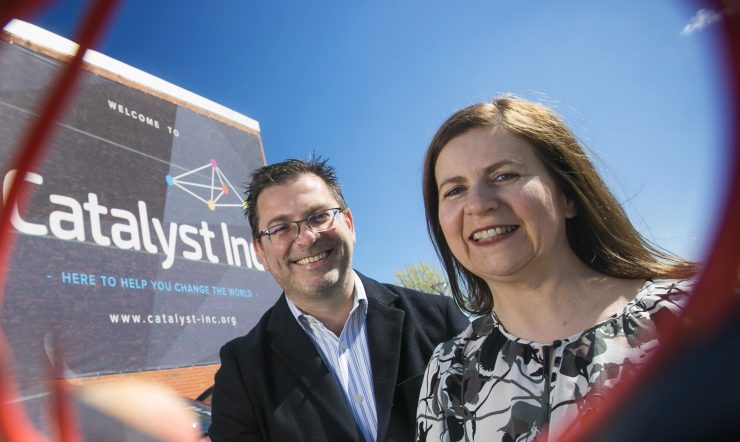By taking advantage of cloud-based AI solutions, one of the world’s largest dredging fleets was able to enhance its processes, free up resources, and focus on future innovation and growth.
Imagine the scenario. Multiple ships in locations around the world, all with equipment documentation and certifications requested on a regular basis by internal staff, legislative bodies and throughout a vessel’s journey. Now imagine that these many types of certificates are stored in multiple locations, in print and digital formats on legacy hardware, and in multiple languages.
The certificates must also be renewed every year. Like many businesses without the luxury of being born into a paperless, all-digital world, this was the complex situation Van Oord faced on a day-to-day basis. Time-consuming manual imports with the risk of human error, difficult searches and painful audit processes.
“We have so many certificates around the world from so many suppliers, sometimes sent by email and sometimes by post. We had a lot of different work processes, which made it difficult to find specific documents,” says Donny Gieskens, Van Oord’s Cloud Competence Center Manager. “The scanning or typing up of information was very boring, labour intensive and not the type of work that people wanted to do. We had a lot of people spending their time carrying out these manual activities.”
Incremental improvement
To combat this challenge, Van Oord’s IT department explored new ways to automate the process alongside Microsoft partner Wortell, with the resulting proposal, unsurprisingly, met with a very positive response from the business.
The plan was to introduce a new route for importing certificates automatically, with Azure and Computer Vision AI being harnessed to scan and process the documents, storing them in a single location, accessible via a website to anyone within the business.
Seeing the potential value, the business acted quickly to implement a solution that would remove the mundane manual aspects of the job in favour of a more modern process. Working in two-week sprints with Wortell, using an Azure production environment, the business case was quickly demonstrated and received incremental approval as the implementation progressed, ensuring that budget was available and key stakeholders were on board without impacting day-to-day activities. Working in this way also helped the team to manage costs, evaluate requirements and adapt as needed, with the potential to add new features immediately or at a later stage.
The finalised process operates like a pipeline, with each stage featuring a different Azure function. Starting with an email being received or documents added via bulk import, the solution then uses OCR (Optical Character Recognition) scanning to extract information and store it in Azure. Intelligence can be applied at each of these stages as required, enabling Van Oord to further develop its solution and the value it provides in the future.

Vanoord sand motor, a dredger, at night
Immediate impact
With the solution in place and continuing to develop, automation has proved a big win with the business, freeing up resource and significantly reducing response times. With no complex systems to use, just simple upload and search functionality, employees are enjoying making use of the new process. With real-time availability and insight, as well as the ability to search for certificates and other information across a range of criteria, they now have the time and the tools with which to focus on business growth.
People always worry that their work might become automated. As a family business, it was important to us to explain to employees that technology wouldn’t replace their job, but give them time to spend on the more meaningful and innovative aspects of their roles.
And the reduction in manual process has been significant, with around five minutes saved per document. With the search optimisation included, skipping the manual scanning, tagging and upload process, that saving jumps as high as 15 minutes per certificate.
Given that Van Oord handles up to 5,000 certificates on average, with around 50 added per week, the time-saving is making a huge difference. Additionally, the availability of information anywhere, including on mobile devices, provides significant value for both those in the office and on the vessels themselves. Turnaround times have now been dramatically improved, reducing the cost of handling paper documents and providing immediate access to information, without the traditional delays, which could last weeks at a time. This is especially useful in the case of audits of Van Oord vessels; helping the business to accurately display compliance to regulatory bodies, using the system.
“If you have paper certificates, they’re only available in the office,” says Donny. “Now we can access that information via a website that scales to your screen size, making it accessible on any device in any location.”
Going deeper with data
By deploying a modern, agile solution, Van Oord is well placed to take advantage of its cloud-based infrastructure and is currently exploring a number of innovative new features for future implementation. The ability to offer a secure, simplified version of the search functionality to customers is one such idea, enabling third-parties to check vessel compliance for themselves.
The automated translation of certificates in foreign languages is another planned addition to the import process and, of course, as more certificates are received and stored, so the opportunities to harness data increase.
With the desire to flag certificate expiry via the system, Van Oord and Wortell are beginning to investigate potential uses of machine learning. Due to the number of different types of certificates, it is not a simple process to determine an exact expiry at this early stage. However, as the number of certificates grows, so does the potential to analyse them and train machine learning algorithms to identify different data types to produce the desired results. Plans are also underway to add imported metadata stored in Azure to SharePoint, providing deeper and more intelligent search functionality, and the ability to visualise and integrate data with the Microsoft Office 365 environment.

Dredging ship bridge with crew at work
The cloud advantage
With no existing infrastructure in place, Van Oord’s new solution highlights the benefit of cloud-based workflows when developing a new business solution. This automated import and search functionality has been built without the need for new hardware, and its cloud-based infrastructure scales with the demands of the business.
“It really shows the advantages of the cloud,” says Donny. “We are a traditional company with on-premise servers, legacy applications and data. But now we can spin up a website with intelligent logic behind it, without needing any new hardware, and only be charged for what we use.”
Avoiding significant upfront cost, enhancing security, and demonstrating a clear business value, the process has not only improved the working environment for those accessing Van Oord’s new solution, but that of its IT team, too.
“Van Oord is a company with 150 years of experience as an international marine contractor, the company culture is one of entrepreneurship and engaged employees. In our digital transformation we get more IT-savvy every day.” says Donny. “It was a good showcase for us as an IT department to show the business what we can do for them. We get more requests from the business, now that they have seen what the (latest) technology can do.”
Now we can spin up a website with intelligent logic behind it, without needing any new hardware, and only be charged for what we use.
